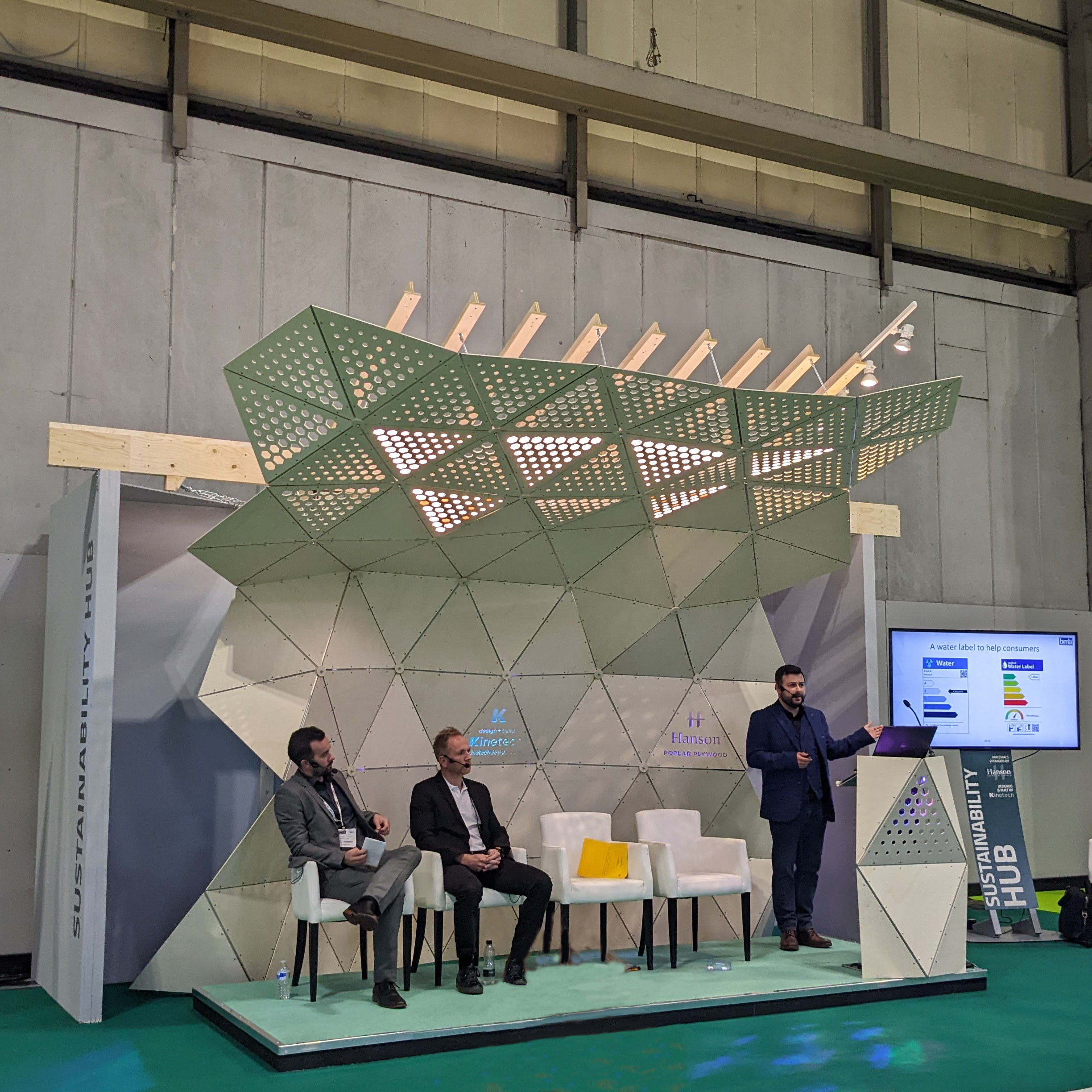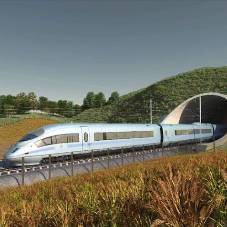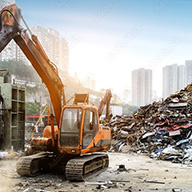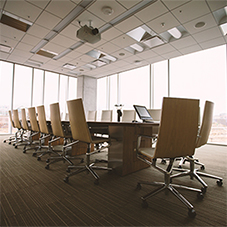Green roofs are cropping up all over the place on houses, schools and even supermarkets. We already know they look good but what are the real benefits of installing a green roof on your project?
Ecological benefits:
First off, obviously they’re good for the environment. They create a natural habitat for flora and fauna in built up areas, as well as attracting insects such as butterflies, beetles and bees. They’re good for birds and other small wildlife too. Green roofs are perfectly manufactured environments to promote biodiversity and make up for lost green areas within cities.
Environmental benefits:
The environmental benefits of green roof systems include: Storm water retention, improved air quality and the reduction of the urban heat island effect.
Green roofs can help to prevent local flooding, depending on the system chosen water run-off can be reduced by over 50% compared to slate roofs. Most water retained on the roof will evaporate and return to the natural water cycle and any excess water can be filtered and drained off in to your building’s guttering and drainage system. The vegetation and filtering system on the roof will delay the amount of water entering your drainage system and as such will put less strain on sewers.
Living roofs can reduce the impact of inner city air pollution. Plants are well known to enhance air quality and according to the International Green Roof Association one square metre of green roof can filter 0.2 kg of smog.
Excess heat from residential buildings, industry and traffic all contribute to the rising temperatures in urban spaces. The temperature of a city in comparison to its surrounding countryside is called the urban heat island effect, which can negatively affect inhabitants’ health. A green roof can absorb some of the heat and the natural evaporation system will cool and humidify the air, helping to lower the temperature.
Financial Benefits:
The financial benefits of installing a green roof can include: increased thermal insulation, a reduced carbon footprint and increased roof lifespan.
A green roof system can reduce a building’s running costs. The system will increase the thermal insulation on a building which helps reduce heating costs and lower its carbon footprint. Green roofs are said to help heat a building in the winter and contribute to air conditioning in the summer.
An average flat roof is expected to last between 15 and 25 years with professional installation, due to physical and chemical stress on the roof skin and waterproofing. Contributing factors to this include, temperature changes, UV radiation and high ozone ratios. Green roofs can protect a roofs waterproofing, the vegetation acting as a buffer to external environmental conditions. They also act as a barrier to extreme weather conditions such as hail.
Additionally green roofs can contribute to noise reduction; they can reduce sound reflection by up to 3 dB and improve sound insulation by up to 8 dB which could be beneficial to structures close to airports or industrial sites.
Click here for more Green Roof resources on the Green Roofs Hub
Related Blog Articles










